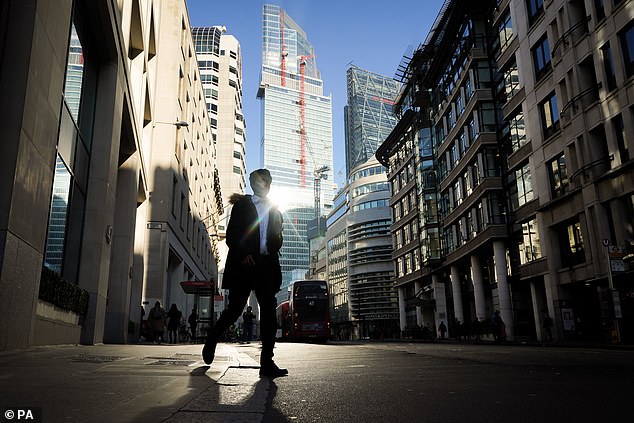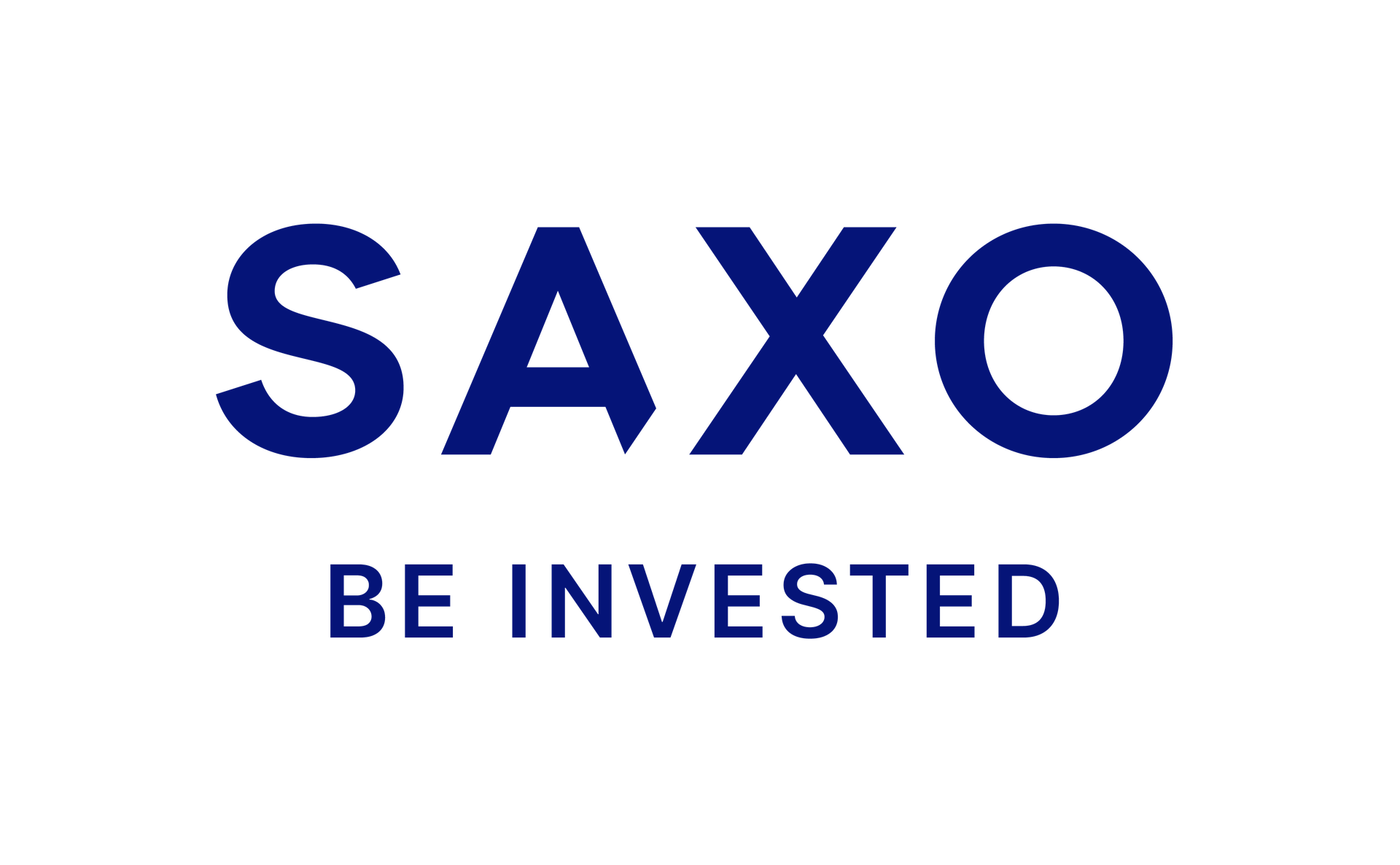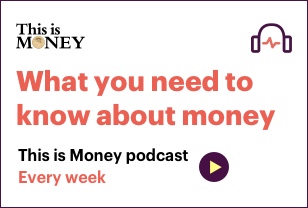It pays to move your savings across the Atlantic, says HAMISH MCRAE
Summer is almost over. The bank holiday weekend at the end of August is always a good time to reflect on what happened last summer in the financial and economic field, and more importantly, to think about what is to come.
I think that is why the annual symposium of central bankers in Jackson Hole, Wyoming, always has such a huge significance.
Central bankers are expected to be aware of this, so the meeting focuses on what they think will happen to major economies, exchange rates and interest rates in 2025.
Shifting? On Friday, Powell was optimistic enough to give markets the boost they had been hoping for
The banker who matters most is inevitably Federal Reserve Chairman Jerome Powell.
While other central banks, including the Bank of England and the European Central Bank, have cut rates this year while the Fed has yet to take action, the Fed sets the general direction.
On Friday, Powell was optimistic enough to give markets the boost they had been hoping for.
The certainty of a rate cut in September sent government bond yields lower, stock prices higher and the pound’s dollar rose to $1.32, its highest level since early 2022.
But while words matter, they are just words. The timing of the first rate cut will matter greatly to financial markets, but what happens in the fall and beyond will be determined by the twin elements of the Fed’s mandate: maximum employment and stable prices.
Unfortunately, they often conflict. In the short term, lower interest rates at least lead to more jobs, while higher rates curb inflation.
So far this year, job growth has remained strong in the US and elsewhere – including the UK. Inflation has also fallen in most developed countries, but risks rising later this year and perhaps beyond.
The best way to characterize the mood now is to recognize that the emergency is over, but be aware of the scale of the rut that lies ahead. As for inflation, if wage growth remains solid everywhere, that rut is going to be a tough one.
And while growth and employment are more positive than forecasts at the end of last year – and even more so in the UK – concerns about a recession in the US remain.
What does this mean for investors looking ahead to the fall?

Highs and Lows: The hard truth is that the S&P 500 is up almost 19% this year, while the FTSE 100 is up less than 8%
It was a bumpy year for fixed income. Jay Powell’s speech pushed the yield on the 10-year U.S. Treasury down to 3.8 percent, well below the 4.7 percent peak in the spring.
But at the end of December the percentage was still below 3.8 percent, so there is no question of an overall decline.
We’ve made even less progress. The 10-year gilt yield fell below 3.5% at the end of last year. It spent most of the spring and summer above 4% and even now it’s 3.9% – so it costs our government more to borrow than the US. I think those bumps will continue, with the possibility of higher yields just as likely as lower ones.
It would only take a little bit of bad news on the inflation front to push interest rates well above 4 percent again.
In terms of equities, the picture in the US is different to that here and in Europe. While equities are solid everywhere, the hard truth is that the S&P 500 is up almost 19% this year, while the FTSE 100 is up less than 8%. The message for UK investors, I fear, is that it pays to move your savings across the Atlantic.
That raises two questions. One is whether those near-record US stock values are asking too much of US businesses. If profit growth slows, even large companies suddenly seem overvalued.
The other is that while the London market offers value, there are political risks for UK investors in the coming months. Those risks include higher stamp duty and capital gains taxes, another hit to pension funds, a tax on government bonds, perhaps even a wealth tax.
So let’s celebrate that it’s been a good first half of the year for most investors, but let’s also hope that the winter won’t be too harsh.
DIY INVESTMENT PLATFORMS

AJ-Bel

AJ-Bel
Easy investing and ready-made portfolios

Hargreaves Lansdown

Hargreaves Lansdown
Free Fund Trading and Investment Ideas

interactive investor

interactive investor
Fixed investment costs from £4.99 per month

Saxo

Saxo
Get £200 back on trading fees

Trading 212

Trading 212
Free trading and no account fees
Affiliate links: If you purchase a product, This is Money may earn a commission. These deals are chosen by our editorial team because we think they are worth highlighting. This does not affect our editorial independence.

